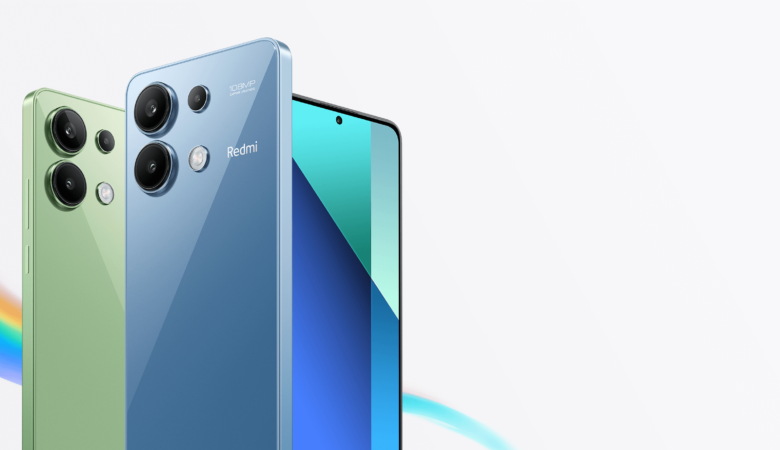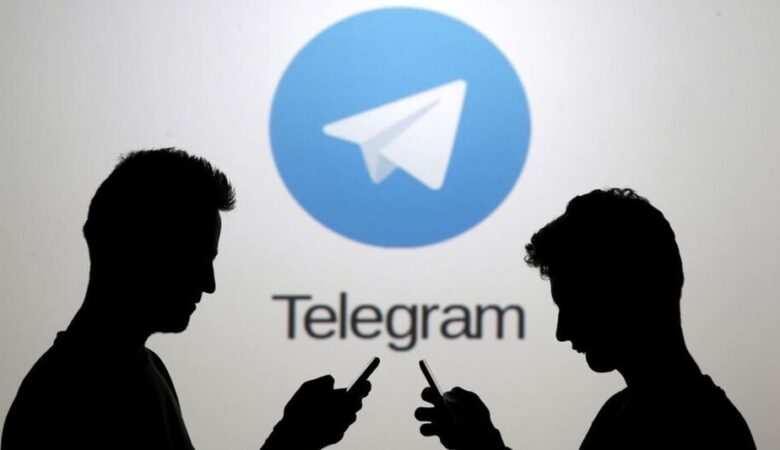Today on AndroidConnections, we are looking at one of the common issues faced by Android users Showing Charging But Battery Percentage Not Increasing Android Solution. In the modern age of technology, our reliance on smartphones and other portable devices has become more profound than ever before. These pocket-sized wonders serve as our communication hubs, our navigational aids, our entertainment sources, and so much more. Yet, despite the remarkable advancements in mobile technology, there’s one persistent challenge that continues to frustrate users worldwide – battery life.
Android devices have undoubtedly come a long way in terms of performance, features, and capabilities. However, the ongoing quest for longer battery life remains a central concern for both manufacturers and users. Android battery issues can manifest in various forms, from rapid battery drain to devices refusing to charge, and they can disrupt our daily lives in significant ways.
Imagine your smartphone’s battery plummeting from a reassuring 80% to a worrisome 20% in a matter of minutes, leaving you desperately searching for a power outlet or a battery pack. Picture the frustration of a device that refuses to charge despite displaying all the signs of connecting to a charger. These scenarios are all too familiar to Android users, and they underscore the importance of understanding and addressing battery-related problems.
In this comprehensive guide, we embark on a journey through the intricate landscape of Android battery issues. We delve into the common culprits behind rapid battery drain, the strategies for optimizing battery life, and the troubleshooting steps to identify and resolve battery-related challenges.
We’ll explore the various factors that influence battery performance, from the impact of apps and software to hardware-related considerations. We’ll uncover the secrets to prolonging battery life, offering practical tips and tricks that can make a substantial difference in how long your device stays powered.
Additionally, we’ll navigate through the maze of Android battery-saving features and settings, helping you harness the full potential of your device’s built-in tools to maximize efficiency without sacrificing functionality.
Showing Charging But Battery Percentage Not Increasing Android Solution
Whether you’re a seasoned Android user or a newcomer to the platform, this guide is designed to empower you with the knowledge and tools necessary to tackle battery issues head-on. You’ll gain insights into diagnosing and mitigating battery problems, optimizing your device’s settings, and ensuring that your Android experience is both efficient and enjoyable.
Read Also: How To Delete Snapchat Messages The Other Person Saved
Join us on this expedition into the world of Android battery issues, where we shed light on the complexities, offer practical solutions, and help you regain control over your device’s power. Together, we’ll unlock the secrets to a longer-lasting, more dependable Android battery experience.
When your Android device is displaying that it’s charging but the battery percentage is not increasing, it can be a frustrating issue. Several factors could be causing this problem, and you can try the following steps to troubleshoot and potentially resolve it:
- Check the Charging Cable and Adapter:
- Ensure that the charging cable and adapter you’re using are in good condition and compatible with your device. Damaged cables or adapters can cause charging issues.
- Clean the Charging Port:
- Dust, lint, or debris in the charging port can prevent a proper connection. Carefully use compressed air or a soft brush to clean the charging port.
- Restart Your Device:
- Sometimes, a simple restart can resolve charging problems by refreshing the system. Turn off your device and then turn it back on.
- Use a Different Outlet:
- The power outlet you’re using may have issues. Try charging your device in a different outlet or with a different charger to see if it makes a difference.
- Check for Software Updates:
- Outdated software can sometimes lead to charging problems. Ensure that your device’s operating system is up to date by checking for software updates in the settings.
- Check Battery Health:
- Over time, batteries can degrade, leading to charging issues. You can check your battery’s health in the device’s settings (Battery or Power management) or use third-party apps designed for this purpose.
- Enable Airplane Mode:
- Enabling Airplane mode turns off all wireless connections, which can reduce power consumption during charging and may help the battery charge more efficiently.
- Boot into Safe Mode:
- Booting your device into safe mode can help determine if a third-party app is causing charging problems. If your device charges normally in safe mode, consider uninstalling recently installed apps to identify the culprit.
- Check for Overheating:
- If your device becomes excessively hot during charging, it may slow down or stop charging to prevent damage. Let it cool down before attempting to charge again.
- Factory Reset (as a Last Resort):
- If all else fails and you suspect a software issue, you can try a factory reset. However, this should be a last resort, as it will erase all data on your device. Be sure to back up your data before proceeding.
- Professional Repair:
- If none of the above steps resolve the issue, it’s possible that there is a hardware problem, such as a faulty battery or charging port. In this case, consider seeking professional repair or contacting the manufacturer or your device’s customer support.
It’s essential to be patient and methodical when troubleshooting charging issues. Start with the simplest solutions and gradually move to more advanced ones if necessary. If the problem persists, seeking professional assistance is advisable to diagnose and address any underlying hardware issues.
If you’re still facing the issue where your Android device shows that it’s charging but the battery percentage isn’t increasing, here are some additional methods to consider:
- Check for App or Background Processes: Sometimes, misbehaving apps or background processes can cause excessive power consumption, preventing the battery from charging properly. You can check for power-hungry apps in your device’s settings (usually under Battery or Power) and force-stop or uninstall them.
- Try a Different Charging Cable and Adapter: If you haven’t already, try using a different charging cable and adapter. Sometimes, the issue can be with the charger itself, and switching to a new one can help.
- Check for Water or Physical Damage: Inspect your device for any signs of water damage or physical damage to the charging port. Water damage can interfere with the charging process, and physical damage may require repair.
- Check for Rogue Apps: Some poorly coded or malicious apps can interfere with the charging process. Check your list of installed apps for any suspicious or recently installed apps and uninstall them.
- Boot into Recovery Mode and Wipe Cache Partition: Boot your device into recovery mode (the method may vary depending on your device) and choose the option to wipe the cache partition. This can clear temporary system files that might be causing charging issues.
- Check for Firmware Updates: Ensure that both your device’s firmware and any relevant charging-related drivers are up to date. Manufacturers occasionally release updates to address charging-related issues.
- Monitor Battery Temperature: Use a battery monitoring app to check the battery temperature during charging. If the temperature is too high, it can slow down or stop charging. Make sure your device is in a cool, well-ventilated place while charging.
- Try Wireless Charging (if supported): If your device supports wireless charging, consider using a wireless charger to see if it charges more effectively than the wired method.
- Check for App Optimization Settings: Some Android devices have settings that optimize battery usage. Check your device’s settings for options like “Battery optimization” or “Battery saver” and ensure they are not overly aggressive.
- Check for Third-Party Battery Apps: If you have third-party battery-saving or battery optimization apps installed, they might be conflicting with the charging process. Try disabling or uninstalling them.
- Perform a Soft Reset: Sometimes, a soft reset (reboot) can clear minor software glitches. Restart your device and see if it charges properly afterward.
- Contact Manufacturer Support: If you’ve exhausted all troubleshooting steps and the issue persists, it’s a good idea to contact your device’s manufacturer or seek professional repair services. There may be a hardware problem that requires attention.
Remember that troubleshooting charging issues can be a process of elimination, and it may take trying several methods to identify and resolve the problem. Be patient and systematic in your approach, and if all else fails, seek expert assistance to ensure your device is functioning correctly.





Leave a Reply